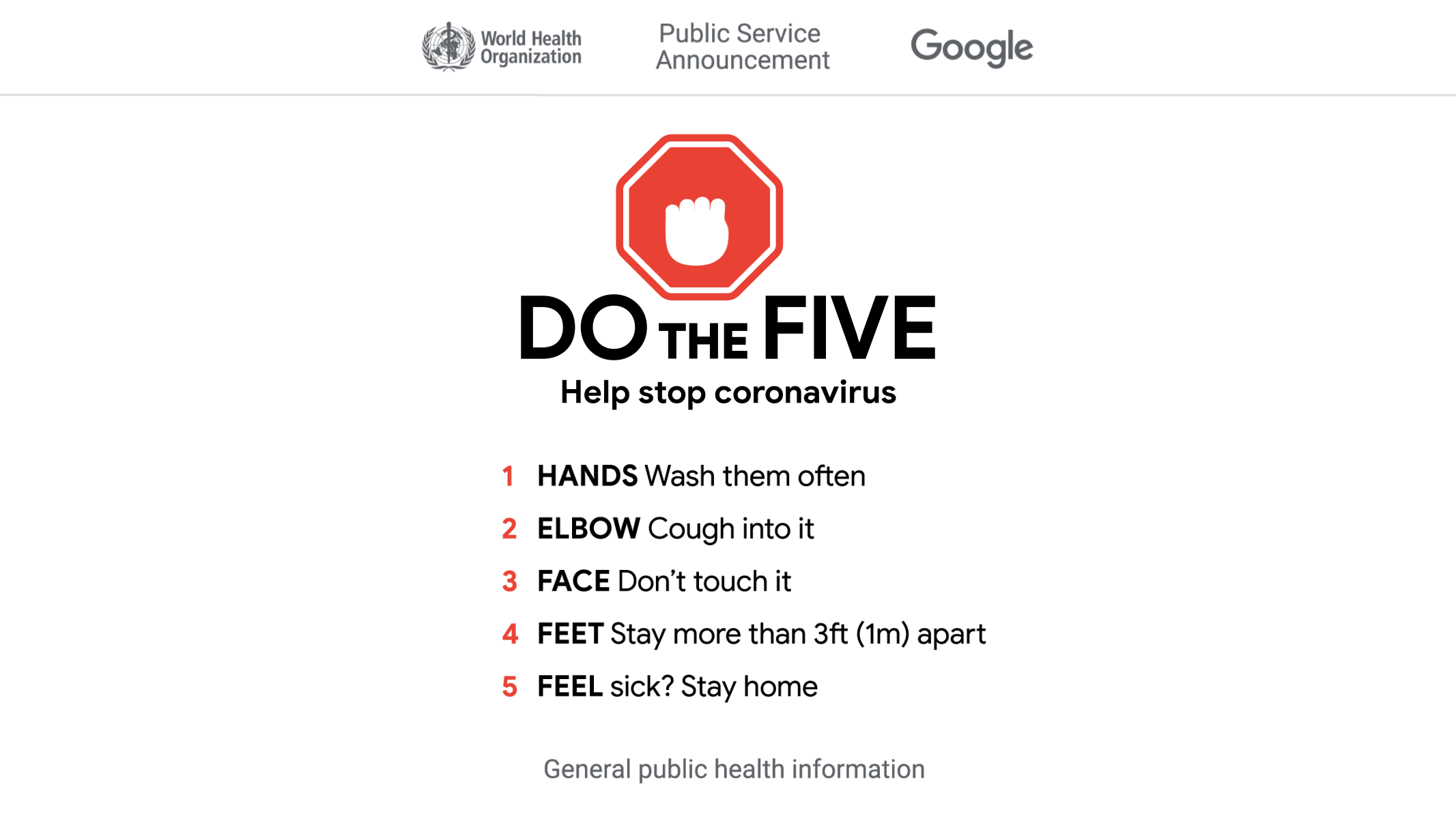 |
| thinkwithgoogle.com |
It is a lovely Wednesday afternoon and time for another in the series of socially distant post. Brief news update.
First, the grim news: The United States reached two disturbing milestones. The number of people infected reached the one million mark, making the United States the global leader in new COVID-19 cases. Also the number of people who died from the virus surpassed the number of killed in the Vietnam War. To put it in context, the number of confirmed virus deaths is 61,342 as of right now, over a three month period. The number of combat deaths during the War was 58,318, between 1959 and 1975. Finally, Ohio held its primary and, no surprise, VPOTUS Joe Biden won. New York cancelled its June 23rd primary and will ask voters to cast their ballots by mail. Onward.
| Wuhan, China nytimes.com |
From the beginning of the pandemic, places with high urban population density have appeared to be particularly at risk. The typical argument reads, "...high population density makes cities more vulnerable to epidemics because of the possibility of frequent interpersonal contacts,..."(blogs.worldbank.org; Apr. 20, 2020; date accessed Apr. 28, 2020). It sounds like a pretty straightforward argument, but if you take a closer look, this argument does not hold up. Densely populated cities like Singapore, Seoul, and Shanghai have out preformed less populated cities in combating the virus (Ibid).
To determine whether population density is a key factor in the spread of the virus, the World Bank studied 284 Chinese cities, focusing on two relevant indicators;
- the number of confirmed coronavirus cases per 10,000 people; and
- the population density in the built up area (Ibid)
| The San Fernando Valley, California dailynews.com |
Los Angeles' San Fernando Valley is the epicenter suburban sprawl and the bane of urbanists who prefer central urban cores. Joel Kotkin wrote in the Los Angeles Times,
Yet, in the COVID-19 pandemic, our much-maligned dispersed urban pattern has proven a major asset. Los Angeles and its surrounding suburbs have had a considerable number of cases, but overall this highly diverse, globally engaged region has managed to keep rates of infection well below that of dense, transit-dependent New York City (latimes.com; Apr. 26, 2020; date accessed Apr. 28, 2020)
Once the crisis passes, further study will be required to explain why some regions of the United States are able to stave off infection better than others. However one thing has become abundantly clear, differences in employment, housing patterns, and transit modes appear to be significant, albeit not decisive, factors (Ibid). The point Yours Truly is trying make is the argument that denser contemporary cities are spawning grounds for disease and the suburbs are healthier places to live has been obliterated by the virus. Further, historic preservation offers a way to address the density issues. Whether you believe density is the enemy or not, one thing is certain, the way forward is, perhaps, managing both. Read on
| Minneapolis-Saint Paul, Minnesota medium.com |
The historic buildings that populate our cities were products of an era when cities were much denser then they are today. This fact helped fuel the concept that the suburbs were better, healthier places to live and raise a family.
 |
| Historic photo of St. Paul, Minnesota pinterest.com |
Bill Lindeke makes the case for bringing cities, Minneapolis-St.Paul or your city, back to their historic densities. However in order to do that, difficult decisions have to be made. He poses the questions,
Is the historic value of an old house, or sidewalk, a 1920s commercial storefront worth more than than the historic value of street life and density? How do we make that decision? (Ibid)
There are no simple answers. Change, or managing it, is neither good nor bad. It is inevitable part of urban life. Honestly, buildings are not exactly the most lovable things. For all the grandiose declarations that accompany them, buildings are places where people live and work. Being a preservation-minded blogger, Yours Truly is fully aware that historic buildings and places are valuable. Witness the controversy that surrounded the demolition of the Los Angeles County Museum of Art. More importantly, just because a building is old and not as useful anymore (Michael Govan), does not mean it should be tossed aside to make way for a vanity project. Mr. Lindeke writes, "But so too is the kind of density that fostered those buildings in the first place. Recreating density deserves to be part of the discussion" (Ibid).
 |
| Chinatown San Francisco, California telegraph.co.uk |
In 2017 The National Trust for Historic Preservation's Preservation Green Lab turned its attention to the relationship between old buildings and the challenges and solutions they offer cities. The Preservation Green Lab analyzed four American cities: Seattle, Denver, Washington D.C., and New York, paying close attention to the issues of affordability, density, and displacement. Density was the one issue that dominated the debates (forum.savingplaces.org; Apr. 18, 2017; date accessed Apr. 29, 2020).
Edward Glaeser argued in his book The Triumph of the City, "cities with growing populations must provide adequate housing for incoming residents of they will face increasingly severe affordability challenges" (Ibid). Mr. Glaeser assigned partial blame to preservationists, writing,
Construction restrictions tie cities to their past and limit the possibilities for the future (Ibid)
It is true that preservation ordinances my restrict construction in some place, the also protect and manage older buildings that provide dense affordable space for homes, offices, restaurants, and shops (Ibid)
| Downtown Seattle, Washington reddit.com |
The Preservation Green Lab's 2014 Study Older, Smaller, Better (forum.savingplaces.org; 2014; date accessed Apr. 29, 2020), looked at the contributions older buildings in Seattle, San Francisco, and Washington D.C.--not only their relationship to affordability and density but also in connection to walkability, vitality, characteristics of jobs and businesses (Ibid). The study concluded that there was a "clear, statistically significant link between blocks of older, smaller, mixed-age buildings and heighten levels of population density" (forum.savingplaces.org; Apr. 18, 2017). As it turns out, older buildings have a unique ability to "comfortable and inconspicuously fit incredible densities of residents, jobs, and businesses into relatively compact spaces" (Ibid).
Perhaps you can chalk it up to the original design intelligence, phrase coined by Cherilyn Widell, further evidenced in the writings of Stewart Brand, the oft-quoted Carl Elefante, and others--is apropos to space-saving strategies for creating more housing as it is for more energy efficient heating and cooling solutions (Ibid).
| Downtown Washington D.C. washington.org |
To be fair, areas with older building are not necessarily more dense and the findings of the Preservation Green Lab may prove to be inconsistent in the future, a future in which pandemic diseases, like COViD-19, will play a role in urban planning and design. Thus far, one thing we know for sure, density was not a determinant in the rapid spread of the virus. What we do know is that historic preservation creates its own density without additional construction. Through strategic use of preservation ordinances and the toolkit, Yours Truly firmly believes that historic preservation can play a vital role in the post-pandemic future of cities.
No comments:
Post a Comment